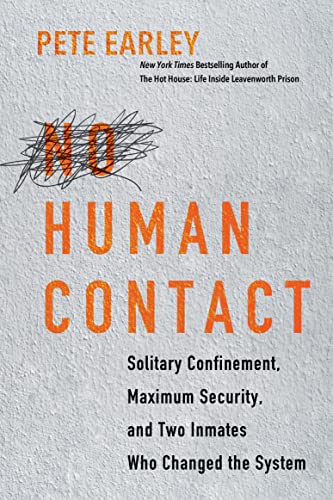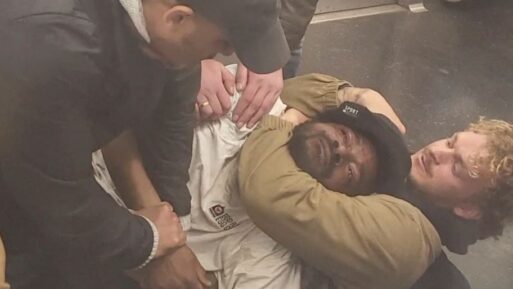
(6-13-23) I don’t often engage in politics on this page because my focus is on bettering our mental health care system and that should be a non-partisan goal.
But I feel obligated to endorse local candidates – regardless of their party affiliation – who are knowledgable about mental health issues and are working to improve our system, especially our criminal justice system.
Fairfax County Sheriff Stacey Ann Kincaid is one of these local leaders. I would urge you to support her re-election bid in the June 20th Democratic primary and later in the November general election.
I have written numerous blogs about how Sheriff Kincaid has worked tirelessly to make the Fairfax County Detention Center into a gold standard for how her officers treat individuals with serious mental illnesses. At one point, the Sheriff noted that up to 60% of inmates in her jail have addictions and 40% have a diagnosable mental illness.










